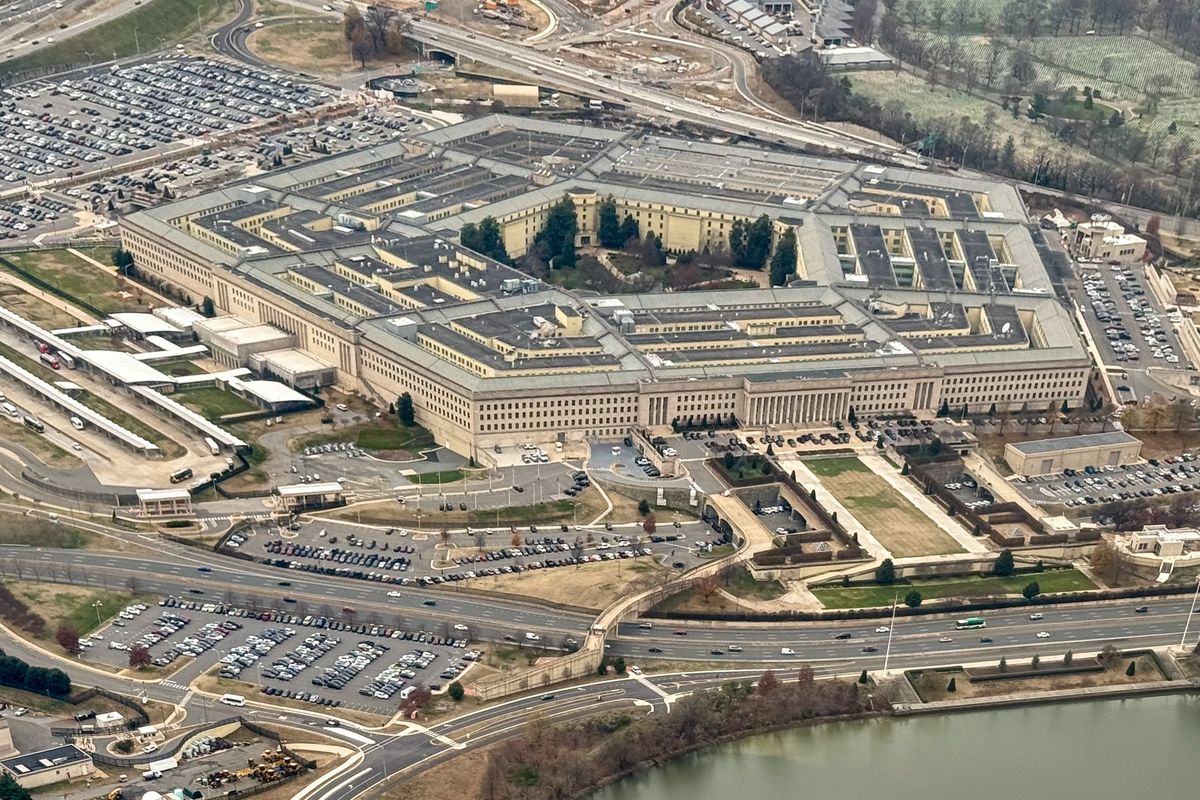In miniature, President Trump’s impetuous attempt to ban transgender individuals from military service illustrates why he is not qualified to be Commander-in-Chief of America’s armed forces.
Start with his initial surprise announcement via Twitter at 6:55 a.m. on July 26th.
Trump began his tweeting with a false statement: “After consultation with my Generals and military experts, please be advised that the United States Government will not accept or allow…” and then, several minutes later, “Transgender individuals to serve in any capacity in the U.S. military.”
There’s no record Trump consulted with any of his generals – or any other defense experts – before deciding on his own to ban transgender persons from military service. Joint Chiefs Chairman General Joseph Dunford, along with the other service chiefs, admitted they were caught by surprise.
Defense Secretary James Mattis was on vacation at the time and later was described as “appalled” by Trump’s announcement. Less than a month earlier, Mattis had publicly announced a six-month delay in allowing new transgender recruits to join the services as had been ordered a year earlier by his Obama administration predecessor, Ash Carter.
Under Carter’s order, beginning July 1st this year, new transgender enlistees would have been able to enter the military - but only if they were qualified and provided a doctor’s certificate that they were “stable” in their preferred gender identity for at least the prior 18 months.
Mattis’ June 30th order gave the services another six months to “evaluate more carefully the impact such accessions [would have] on readiness and lethality.” He said the services were to present their findings by December 1st, 2017, adding that the delay “does not presuppose the outcome of the review.”
In his July 26th tweets, Trump showed no indication he knew of Mattis’ already underway study.
Instead Trump concluded his tweets, “Our military must be focused on decisive and overwhelming…victory and cannot be burdened with the tremendous medical costs and disruption that transgender in the military would entail. Thank you.”
His mention of “the tremendous medical costs” associated with transgender service personnel was another factually inaccurate statement. A RAND Corp. study completed in June 2016 estimated that, at most, the Pentagon’s additional medical costs per year would run between $2.4 million and $8.4 million - pocket change in a $600 billion budget.
What’s clear from his mention of cost was that Trump’s decision was primarily political, based on pleasing his own conservative GOP base, which had backed a controversial amendment to the fiscal 2018 Defense Authorization Bill that would have prohibited the Pentagon from paying for gender changes for those already in service.
Two weeks earlier, that amendment had been voted down on the House floor, 209-to-214, thanks to 24 Republicans joining with Democrats.
But Trump, instead of just reviving the defeated amendment, took it a step further by seeking to do away with the whole Obama plan to allow transgender personnel to serve openly in the services, possibly without realizing its impact on those already in the military.
Did Trump think, as Commander-in-Chief, his tweet alone would end discussion of the issue? Didn’t he understand the widespread implications of his action? It’s generated lawsuits and bipartisan political opposition.
The services, themselves, made it immediately clear through Gen. Dunford’s statement that first day: “No modifications to the current policy [will be made] until the President's direction has been received by the Secretary of Defense and the Secretary has issued implementation guidelines."
It took more than a month for the White House to release, on August 25th, a Presidential Memorandum setting out formally what was to take place.
As with the original tweets, the memorandum begins with a Trump misstatement. Its second paragraph states: “In my judgment, the previous Administration failed to identify a sufficient basis to conclude that terminating the Departments' longstanding policy and practice would not hinder military effectiveness and lethality, disrupt unit cohesion, or tax military resources…”
In fact, the Obama administration carried out studies inside and outside the Defense Department. Defense Secretary Carter created a working group in July 2015 that studied “the policy and readiness implications of welcoming transgender persons to serve openly,” since there was recognition that perhaps thousands of transgender persons were already in the military, but hiding their histories.
Carter also ordered up the RAND study specifically to determine the unique health care needs and their potential costs. RAND also looked at policy changes that may be needed to deal with transgender personnel recruitment, retention, separation and deployment policies.
RAND’s study estimated there were already an average 2,450 active duty transgender personnel and another 1,510 in the Selected Reserve. The study also concluded that transgender personnel serving openly would have “minimal impact on unit cohesion.”
After those studies, Carter announced on June 30th, 2016, “To choose service members on other grounds than military qualifications is social policy and has no place in our military…There are already transgender individuals who are serving capably and honorably.”
Was Trump aware of these Carter-ordered studies? Did he even care?
Ask yourself, do you want a Commander-in-Chief who regularly puts out misinformation and often outright lies? As New York Times Columnist Charles Blow put it Monday, "Trump is quite literally overwhelming our human capacities with his mendacity. It is not only hard to imagine that any person could lie this much — let alone the leader of the free world — it is also impossible for us to keep pace."
The August 25th presidential memorandum did immediately “halt all use of DoD or DHS [because of the Coast Guard] resources to fund sex-reassignment surgical procedures for military personnel.” But it also provided an opening for Mattis and Dunford to keep – at least for a while - those transgender personnel already serving.
It authorized a new study to determine if transgender personnel would “not hinder military effectiveness and lethality, disrupt unit cohesion, or tax military resources.”
Last Tuesday, Mattis said he would appoint that new study group with personnel from within the Defense and Homeland Security Departments and use its findings as part of his plan to implement Trump’s transgender ban memorandum.
There is an important caveat in the Presidential Memorandum. While it left it to Mattis to determine if transgender personnel already in service are to remain, Trump reserved to himself the ability to change any current policy regarding the recruitment of new, qualified, transgender personnel into the military. According to the memorandum, Trump must “find convincing” any Mattis “recommendation to the contrary” when it comes to future accessions of transgender personnel.
Who do you believe is best prepared to make a decision on whether additional transgender individuals in service would have a negative impact on military effectiveness and lethality – Trump (who never served in the military thanks to five deferments) or Mattis (a former Marine Corps general with 44 years of service in three wars)?
I won’t follow up by asking who would make the better Commander-in-Chief.













